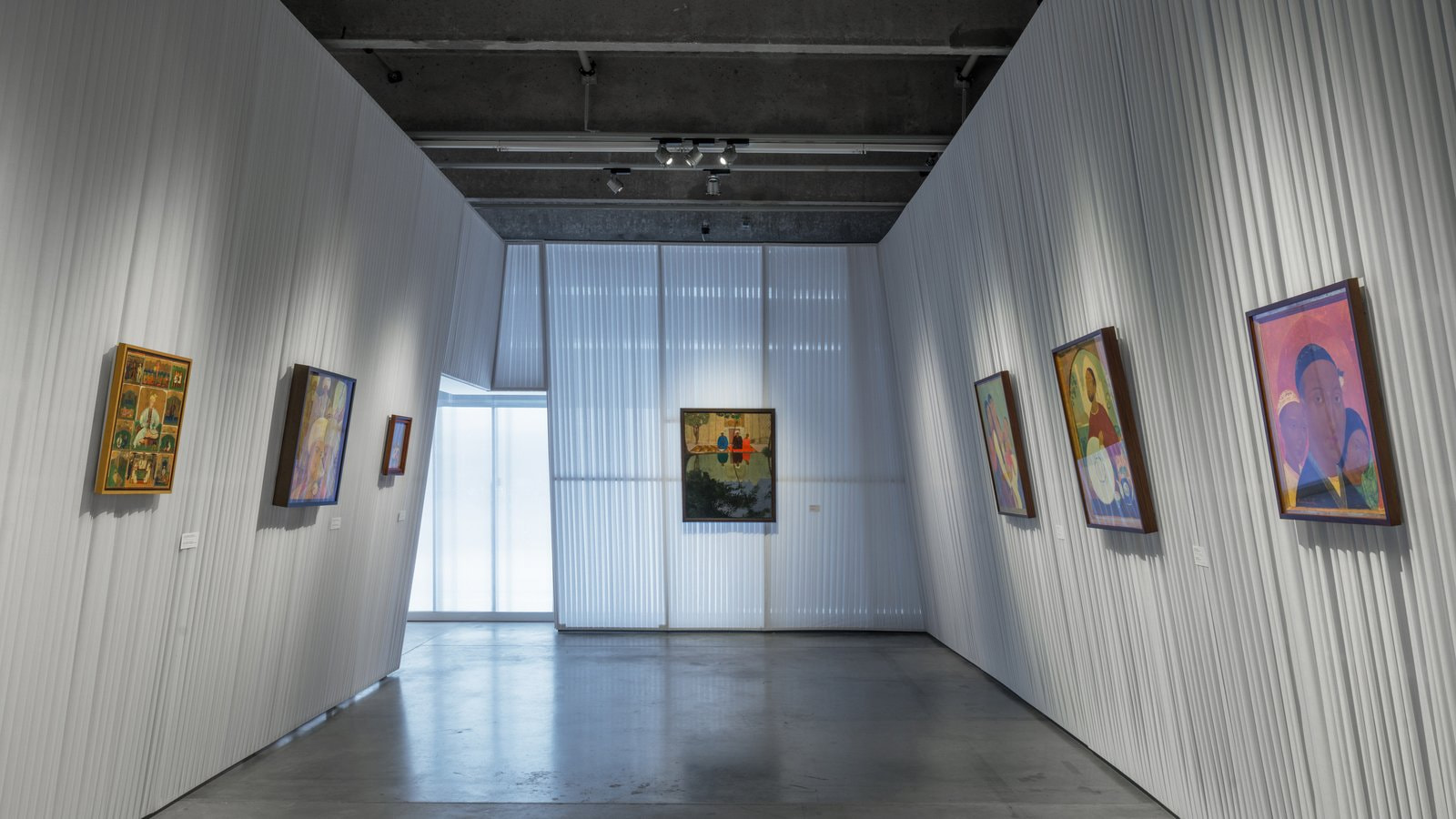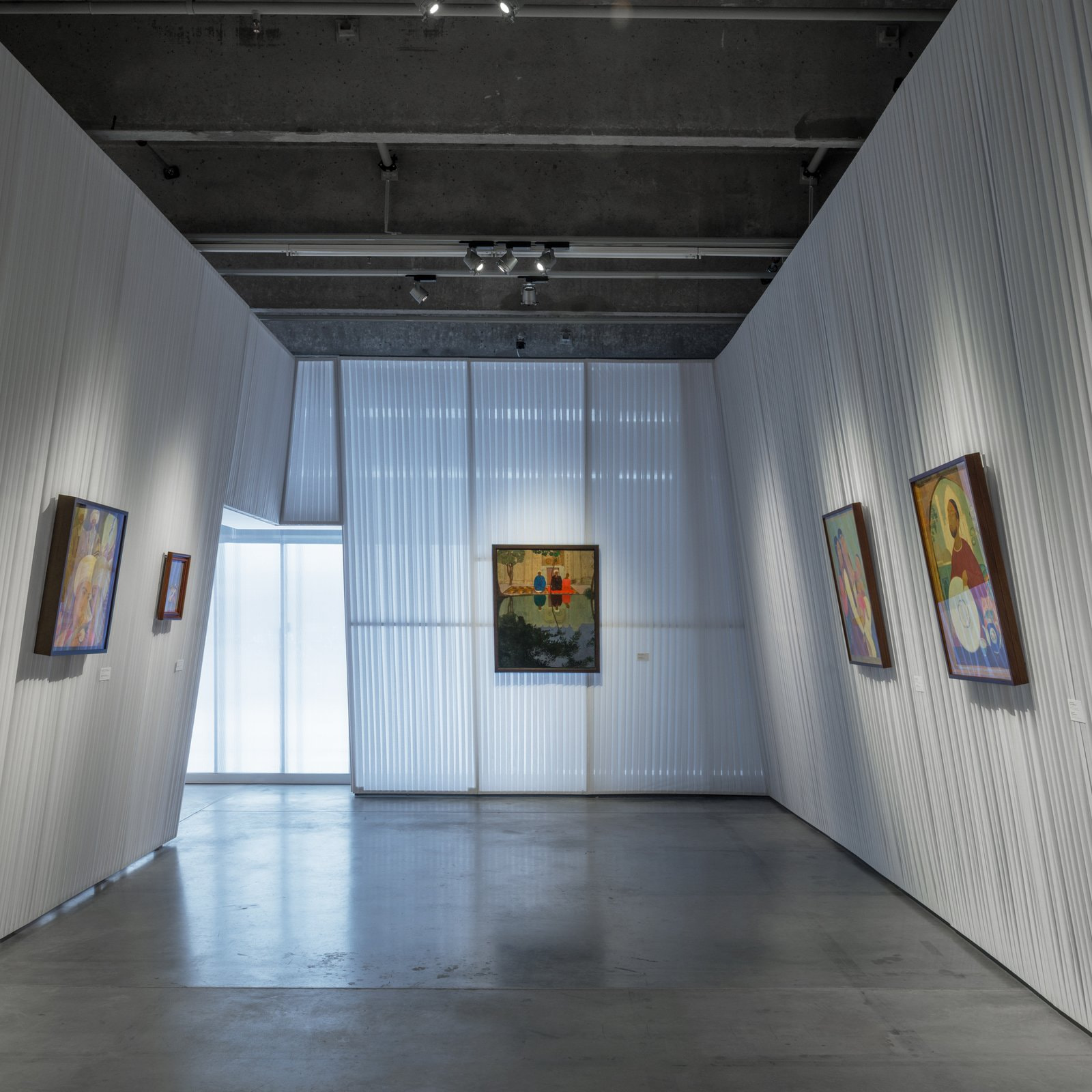The talk will provide a semiological analysis of the tempera painting Friendship, Love, Eternity, a key work by the artist Aleksandr Nikolayev who converted to Islam in 1922 and signed his works with the alias Usto Mumin (which means “faithful master”). The painting will be presented with an extensive cultural context that reveals some of its hidden meanings.
Usto Mumin was one of the key figures in Uzbekistan’s art of the twentieth century, but his work remains obscured by a thick layer of orientalist clichés and taboo themes. Hidden and rejected from the 1930s to the 1950s, his oeuvre was slowly rehabilitated over the 1960s to 1980s and has been more widely admired in recent decades.
Today, his works are displayed in Russian and Uzbekistani museums as exotic gems, and the artist is presented in the most favorable light in both countries: in Russia, he is seen as a perfect example of the “universal sensibility of the Russian soul” in the “East,” while in Uzbekistan he has become one of the key protagonists in the history of “the nation’s art.” But a radical change in the evaluation of his work has not helped overcome the orientalist clichés and the tabooing of certain parts of his narrative. If anything it has done the opposite.
A deconstruction of the current understanding of his oeuvre is only possible through document-based historical research that combines an analysis of primary sources (Mumin’s own writings, memoirs by his contemporaries, and other documents of the time) with an exploration of the cultural context in which his work was created. Boris Chukhovich will present the data he has collected over many years of research and outline various ways of interpreting it.


